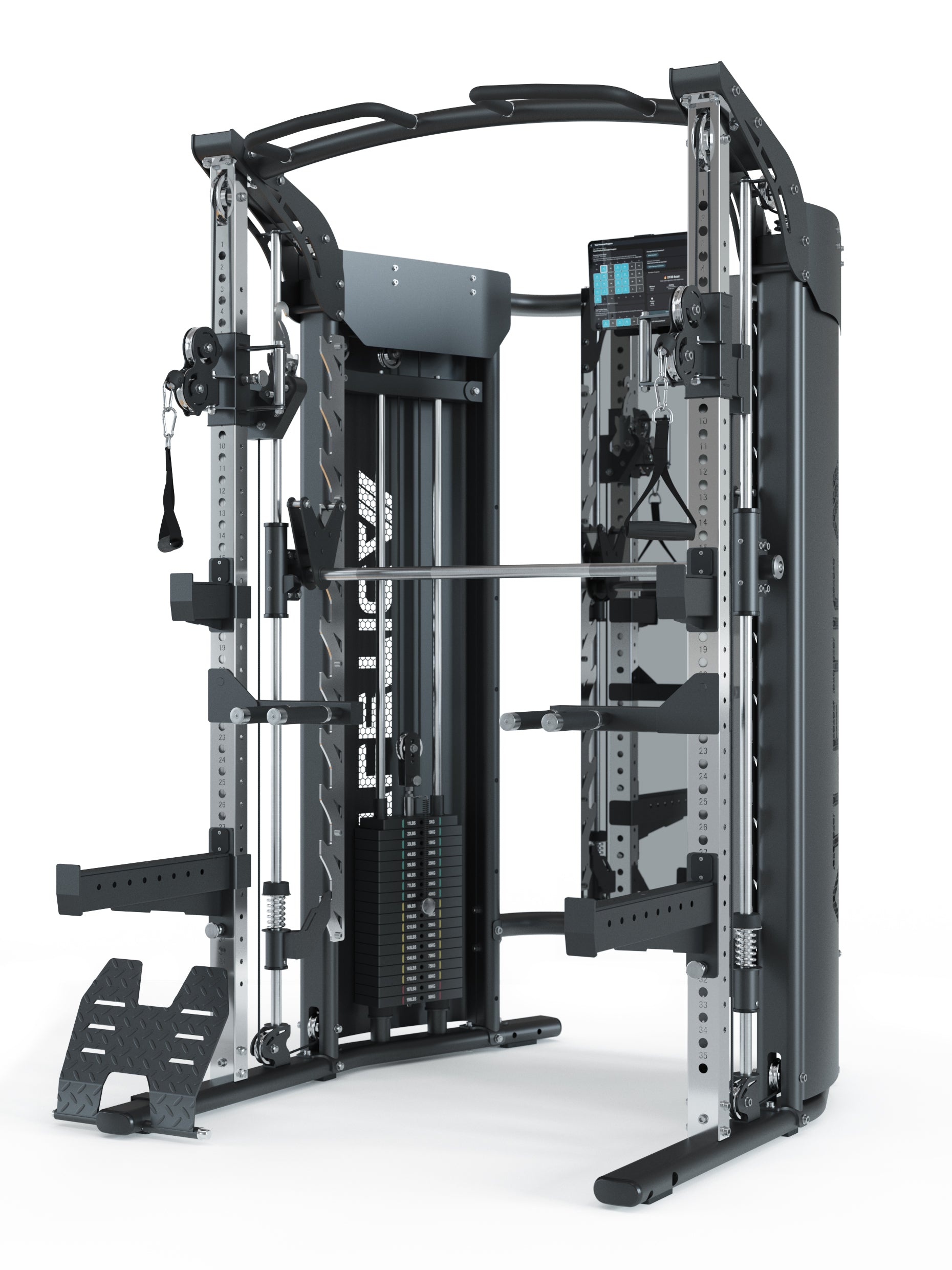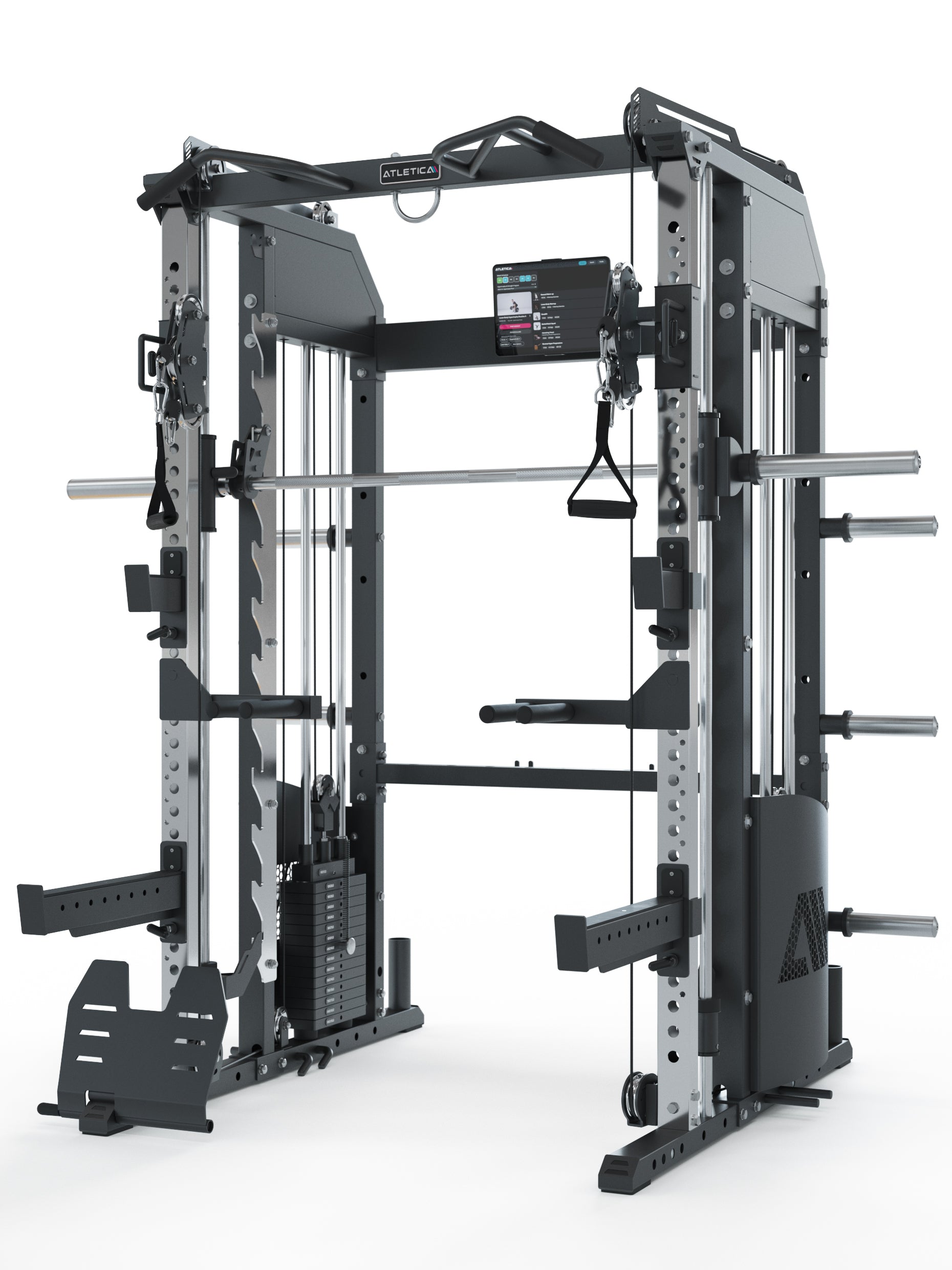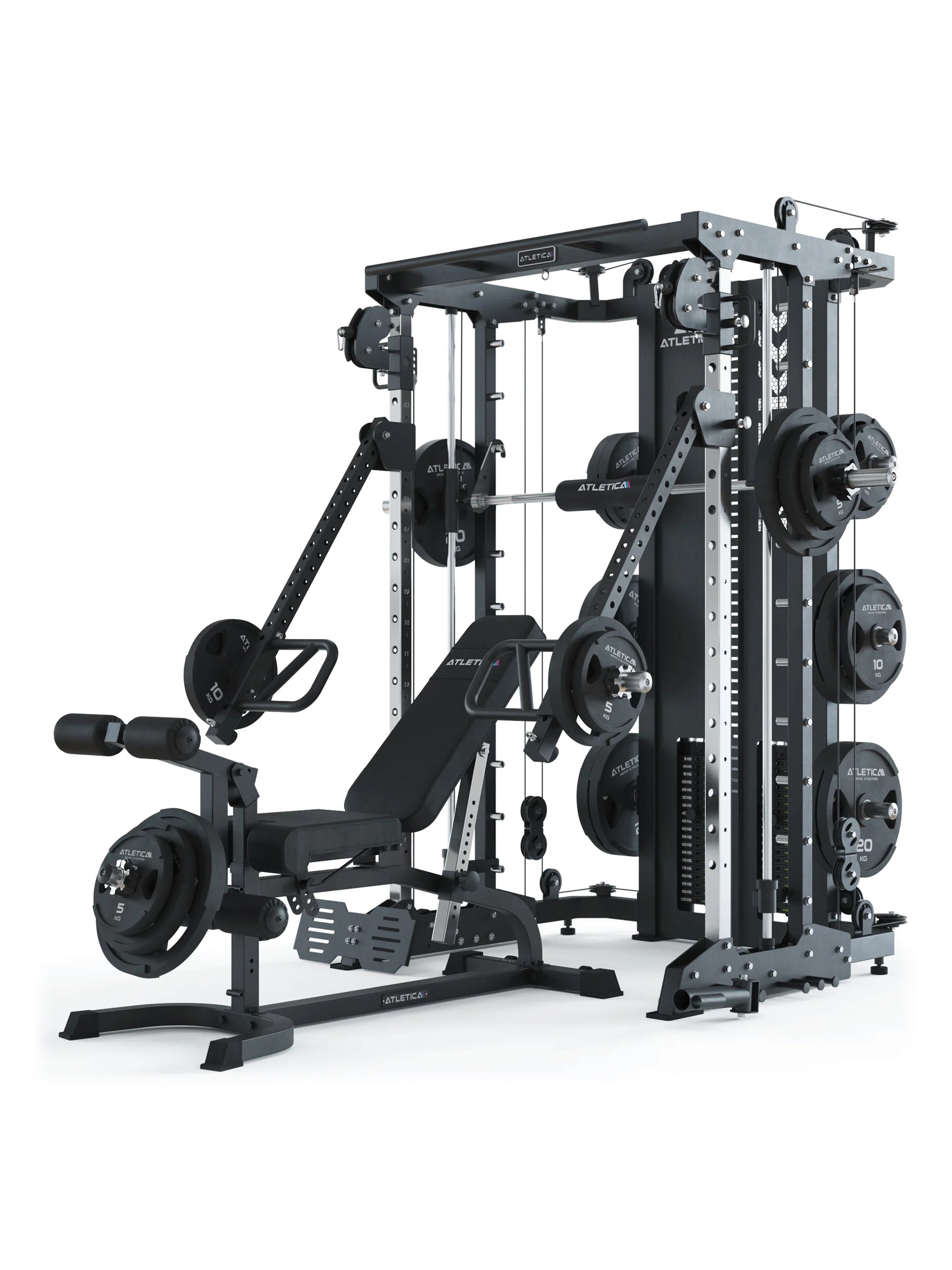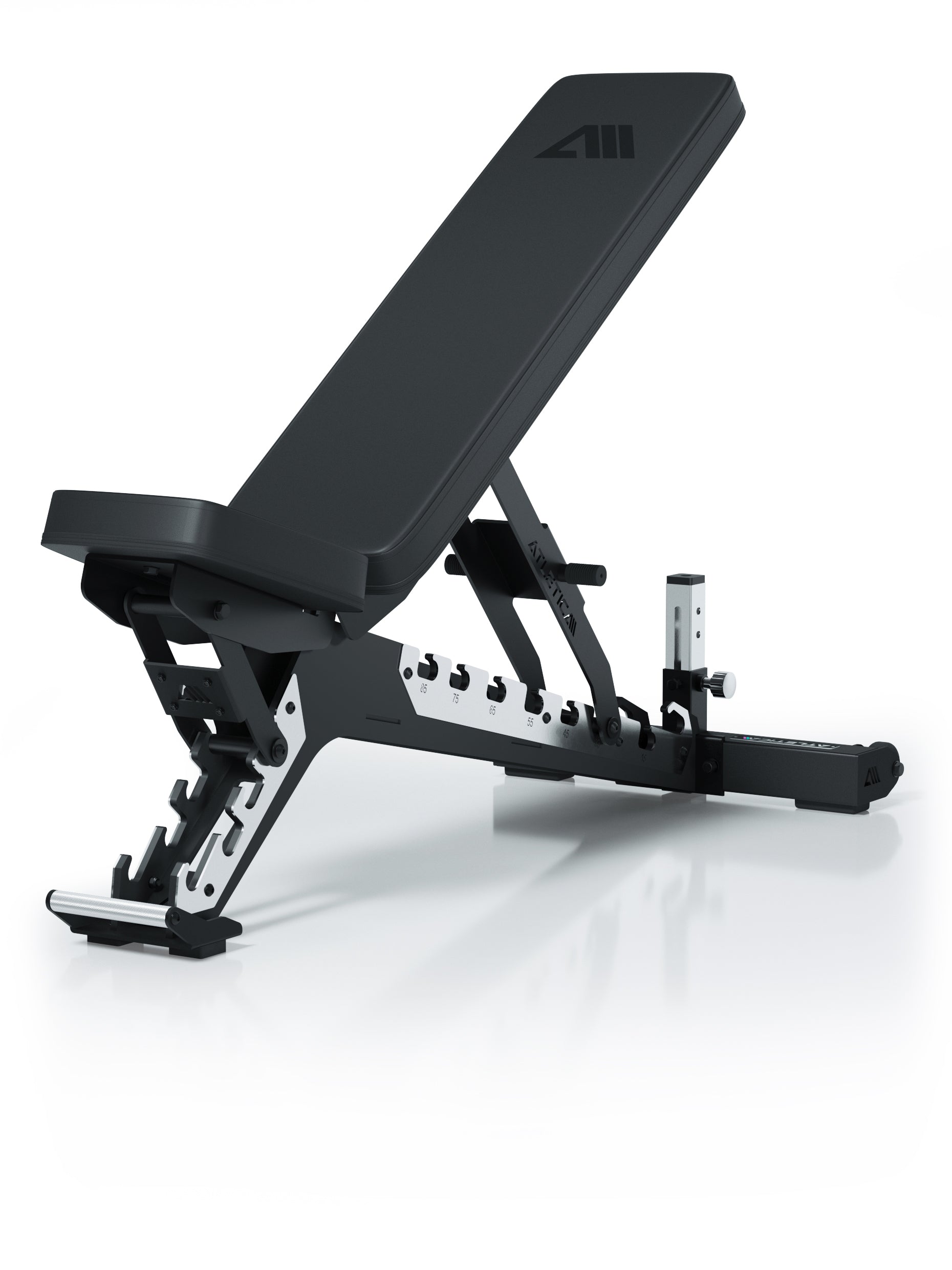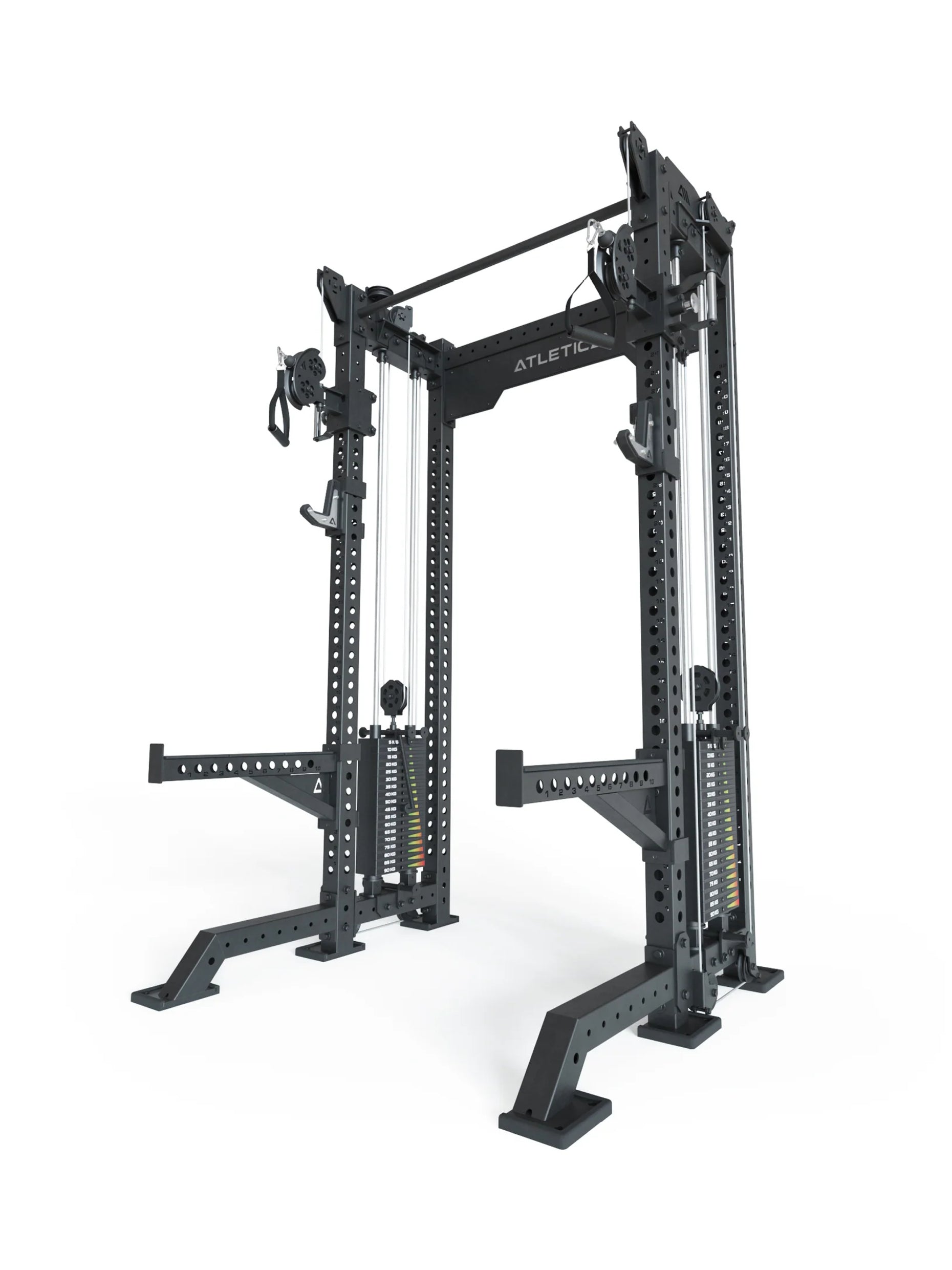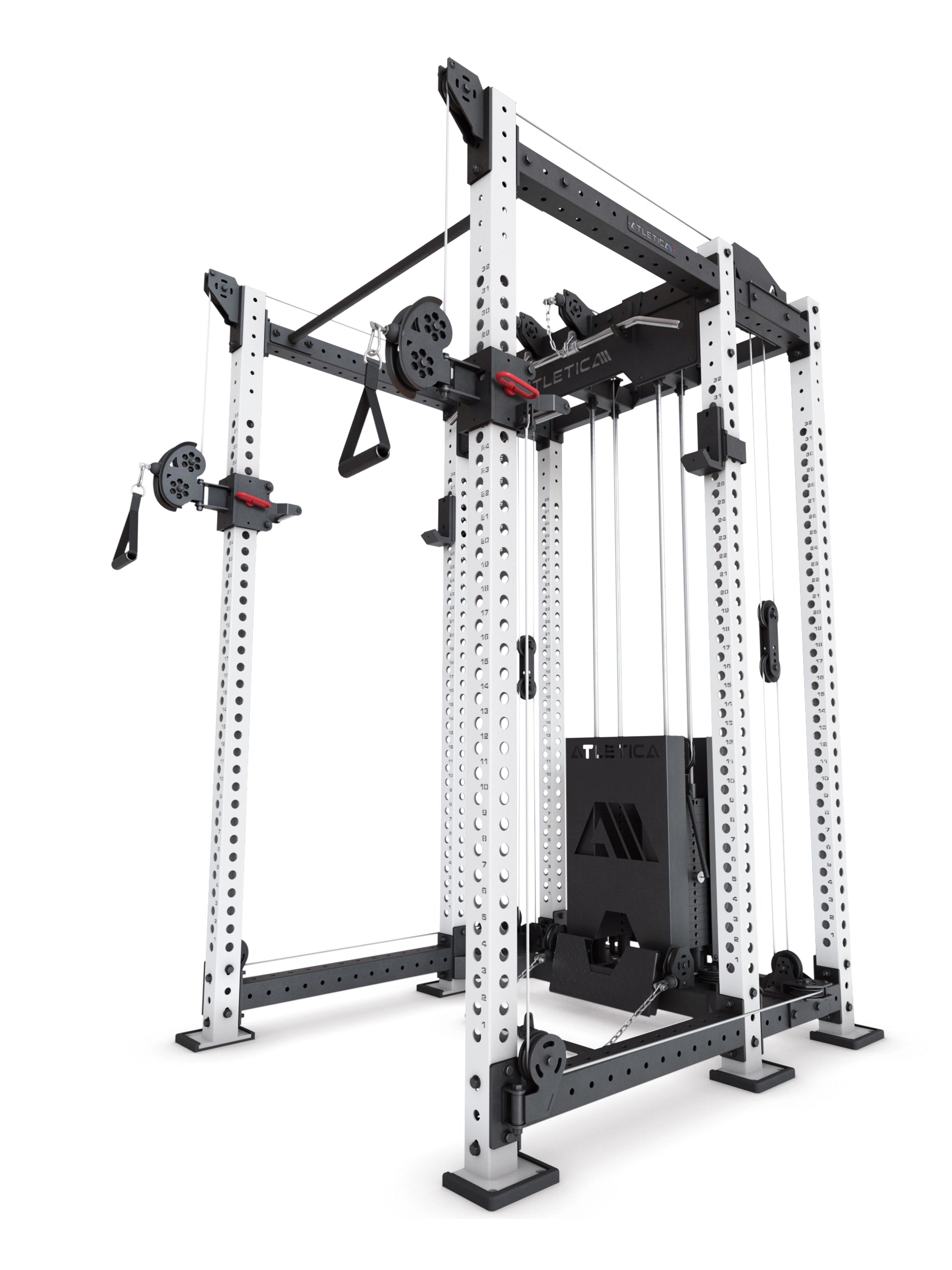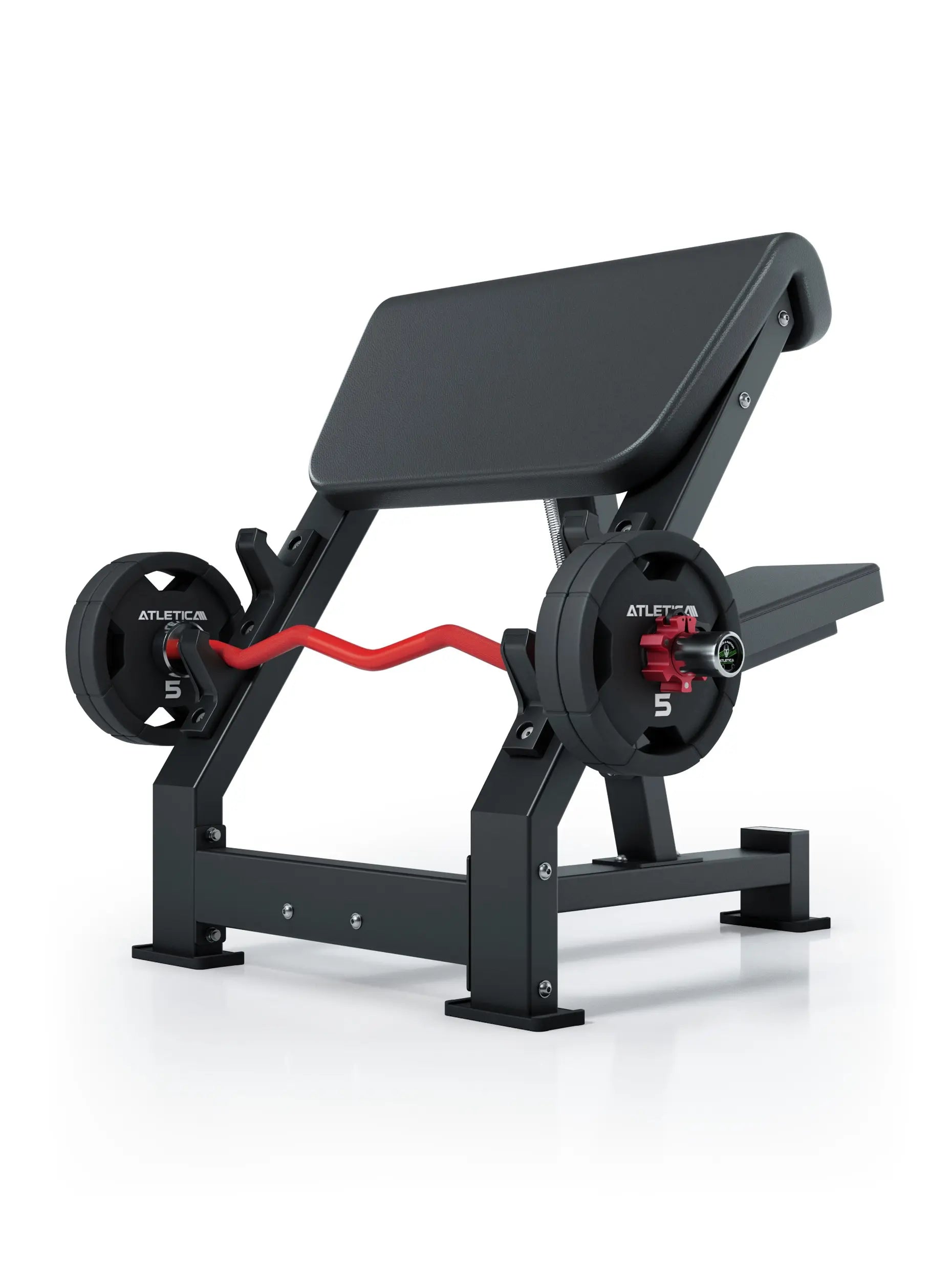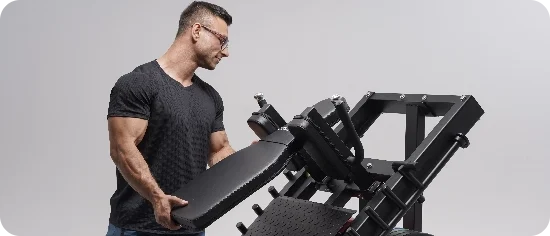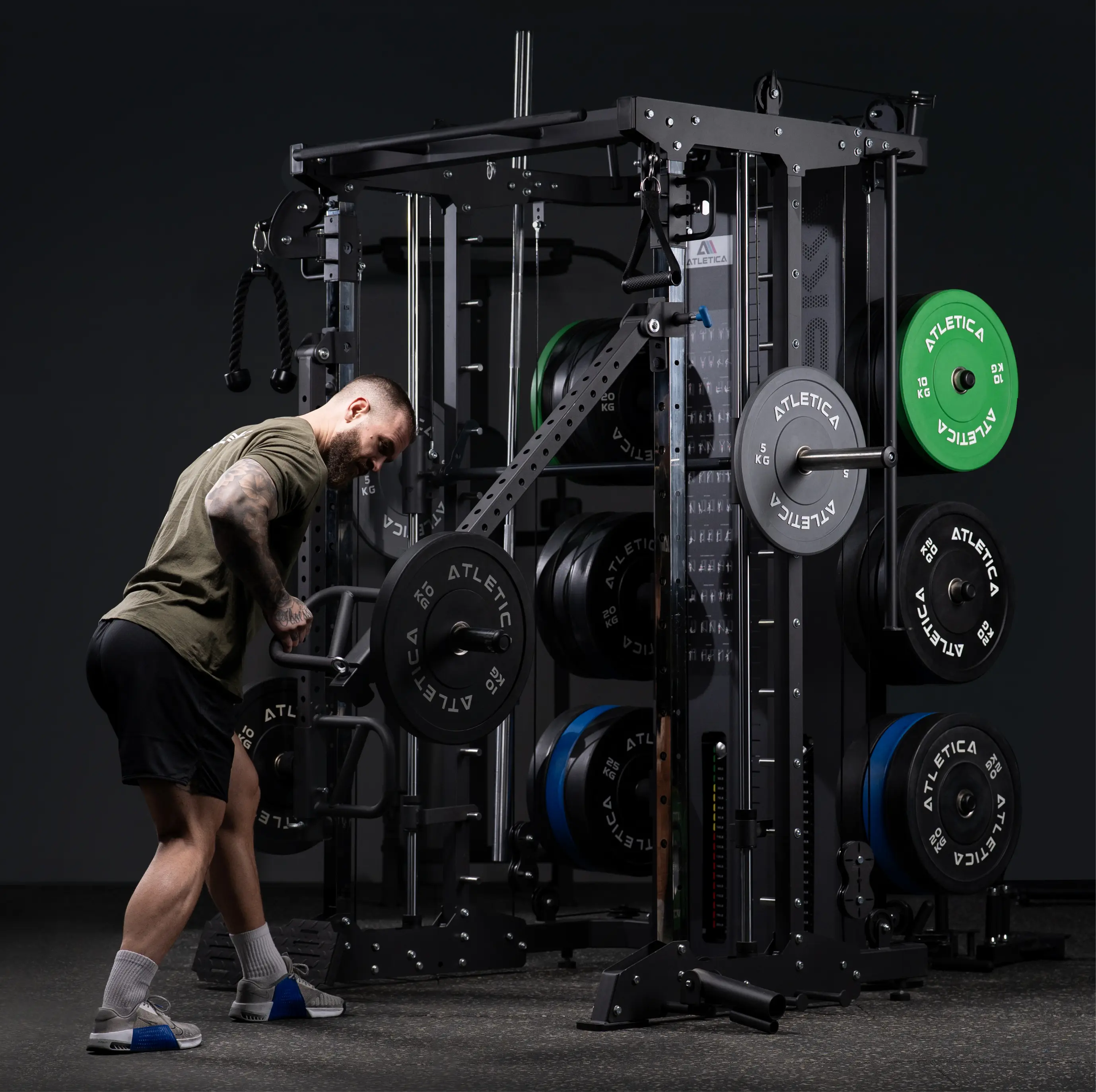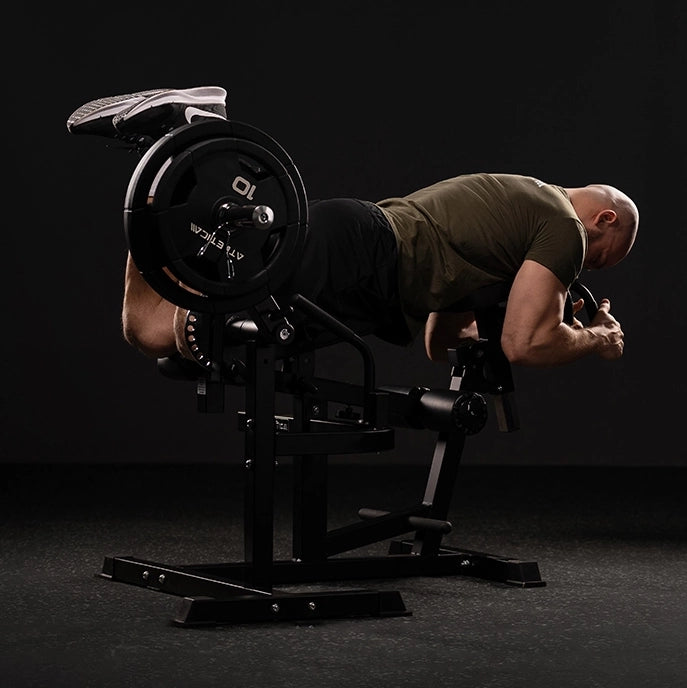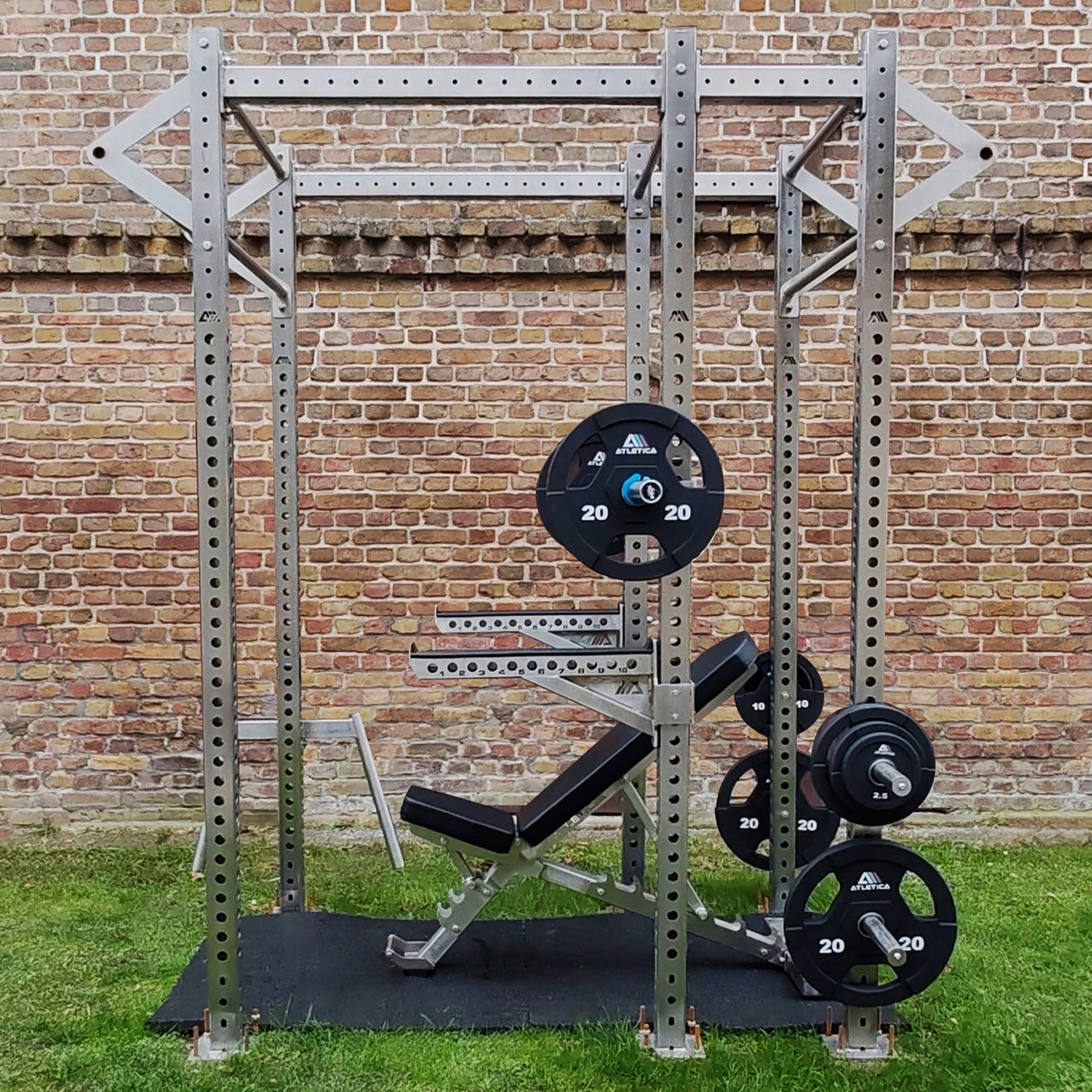The splits are not only an impressive movement, but also a sign of flexibility and body control. In this article, we'll show you the 5 most important steps to help you learn the perfect split. With targeted stretches and a step-by-step approach, you'll prepare your body for the splits and take your flexibility to the next level!

1. Warm-up and mobilization
Before you begin learning the splits, it's crucial to warm up thoroughly. A good warm-up increases blood flow to your muscles and makes them more flexible, which reduces the risk of injury and helps you achieve the splits more safely and quickly.
Why warming up is so important:
- It prepares the leg muscles and hip joints for stretching.
- By mobilizing the joints you can release movement blockages and increase flexibility.
- A good warm-up promotes blood circulation and prevents muscle tension.
Here’s how to warm up properly:
- Start with light cardio, such as running or cycling, for 5-10 minutes.
- Then perform active stretching exercises such as squats, lunges or leg swings to mobilize the hips and thighs.
Tip for learning the splits:
To minimize the risk of injury, avoid going straight into static stretches without first warming your body up to operating temperature.
2. Stretching exercises for flexibility
To successfully learn the splits, it's important to regularly perform stretching exercises that increase your flexibility. The thigh muscles, hips, and backs of the legs, in particular, need to be sufficiently stretched to develop the flexibility needed for the splits.
Why stretching exercises are so important for flexibility:
- They improve mobility and make the splits more accessible over time.
- Regular stretching makes the muscles more elastic and allows them to adapt better to the strain of the splits.
- Stretching not only promotes flexibility, but also improves blood flow and prevents injuries.
How to perform effective stretching exercises:
- Hip flexor stretch: Sit in a lunge and lower your back knee to the floor. Push your hips forward to stretch your hip flexors.
- Hamstring stretch: Stand up straight, bend forward, and try to touch your toes with your hands as you stretch your legs.
- Thigh stretch: Stand upright, pull one leg up and hold it by your thigh or foot to stretch the thigh muscles.
Tip for learning the splits:
Stretch slowly and hold each stretch for 20-30 seconds without overextending your legs to avoid muscle tension.
3. The correct technique for the splits
Proper technique is crucial when learning the splits. It's not just about leg position, but also how you align your body to achieve the splits safely and effectively.

Why the right technology is so important:
- It helps to perform the splits correctly to avoid injuries.
- It ensures that the leg muscles are stretched evenly and you don't risk muscle tension.
- The correct technique promotes better posture so that you can hold the splits in a controlled manner.
Here’s how to do the splits correctly:
- Start by stepping forward with one leg and back with the other . Make sure your body stays upright and your pelvis doesn't tilt.
- Leg position : Your front leg should form a right angle and your back leg should remain straight.
- Posture : Keep your upper body upright and pull your stomach in to ensure stable core stability.
- Make sure to deepen the splits slowly, without forcing yourself . Go step by step and listen to your body.
Tip:
If you haven't fully achieved the splits yet, try stretching continuously over several weeks until you reach maximum flexibility.
4. Learn proper breathing while doing the splits
Proper breathing plays a crucial role in learning the splits and maintaining that position. Conscious and controlled breathing can help reduce muscle tension and further increase flexibility. Calm breathing also helps relax the body and make the stretch more penetrating.
Why proper breathing is so important:
- It helps to release muscle tension and makes it easier to achieve the splits.
- Through controlled breathing you can deepen the stretch and stabilize your body in the position.
- Calm breathing ensures that you avoid tension and unnecessary stress reactions during training.
How to breathe properly when learning the splits:
- Start with deep abdominal breathing to relax your upper body.
- Breathe deeply through your nose and let your belly expand as you inhale. As you exhale, pull your belly in slightly, relaxing your muscles.
- Pause regularly during the stretch and consciously exhale deeply and evenly. This helps loosen the muscles and promote mobility.
Tip:
If you feel yourself becoming tense during the stretch, focus on your breathing and try to deepen the stretch a little as you exhale.
5. Patience and regular training when learning the splits
The splits are a challenging exercise that requires a lot of patience and regular training. To achieve the perfect split, it's important to consistently work on your flexibility and perform regular stretching exercises. Every body is different, and it can take weeks or months to achieve the splits. The keys to your success are patience and perseverance.
Why patience and regular training are so important:
- Flexibility and mobility develop over time, not overnight. Your body needs time to adapt and stretch.
- Regularity ensures that you make progress and continuously improve your stretching skills.
- By exercising regularly, you avoid injuries and promote healthy development of your leg muscles.
How to stay on track with learning the splits:
- Set small, realistic goals and evaluate your progress regularly.
- Incorporate stretching into your weekly routine to continually work on your flexibility.
- Avoid overstretching – listen to your body and increase the intensity slowly.
Tip:
Don't lose motivation if you don't see immediate progress. Patience is key! Make sure you stay consistent and learn the splits step by step.

Learning the splits requires endurance, technique, and regular training. If you follow these 5 steps and work with patience and consistency, you'll soon be able to achieve the perfect split and take your flexibility to the next level.
More exciting articles and tips in the Atletica Blog
Want to further improve your flexibility and discover even more fitness tips? Then browse the Atletica blog ! There you'll regularly find exciting articles on topics like stretching, muscle building, cardio training, and much more. Get the best training tips and learn how to achieve your fitness goals faster. Visit us now and find the inspiration you need for your next workout!





